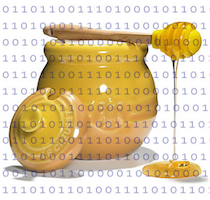I published the following diary on isc.sans.org: “Logical & Physical Security Correlation“. Today, I would like to review an example how we can improve our daily security operations or, for our users, how to help in detecting suspicious content. Last week, I received the following email in my corporate mailbox.

